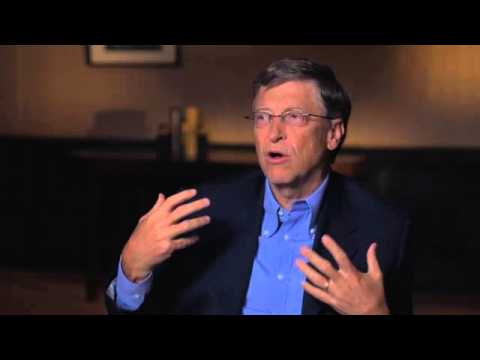TDF
Before October 14, 2017, Saint Helena was largely isolated from the outside world. Famed as the site of Napolean’s banishment in the final six years of his life, St. Helena is a beautiful tropical island in the midst of the South Atlantic Ocean. It is at least 1100 miles removed from the nearest mainland, and travel to and from more populous regions has long been an inconvenience and – at times – an impossibility. But all of that changed on that blissful autumn day when the island opened its first functional airport. The World’s Most Useful Airport outlines the potential for fundamental change to the economy and culture of the island through infrastructure.
Prior to the airport, the tourism in St. Helena was modest at best, and was driven by a desire to visit a site of great isolation. The introduction of the airport has the power to change that dynamic. It can also cut the time of travel to and from the mainland from six days to six hours.
The road to renewed vitality was a bumpy one. There were many drawbacks as the airport underwent an eventful construction and continued renovations. The wind shear off the island was troubling, and produced undesirable turbulence upon landing. Several airlines made bids for operations at the airport, and faltered over logistical issues. After too many glitches and false starts, the media began deeming it “the world’s most useless airport”.
To some extent, the documentary is an attempt to rehabilitate this gloomy perception. Representatives speak to the challenges they have met along the way to implementing a fully functional airport, and the steps they have taken to overcome those challenges. Viewers are provided a guided tour through every hall and office of the airport. We witness their inner workings in detail, including their process for selecting estimated flight times.
The World’s Most Useful Airport portrays the myriad of ways in which an airport can bring hope and prosperity to an island like St. Helena. The airport is essential in opening the population to the rest of the world, enhancing tourism and export dollars, and providing safe and quick transport in the event of a medical emergency.




